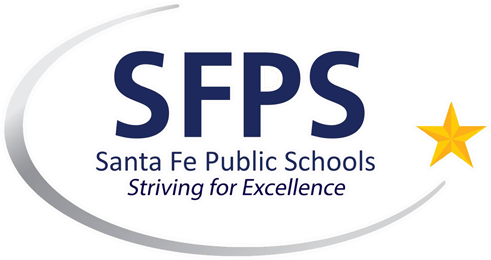Imagine if every middle school and high school had programs that were academic and career focused. Career and technical education has become increasingly popular across the country, especially after a coronavirus pandemic and a severe shortage of workers.
Yet many people are not sure what constitutes “career and technical education.”
In essence, CTE teaches rigorous and relevant career skills to students in middle and high school. It should not replace academic learning but instead complement education by helping students at every level. Compared to vocational school programs of the past, career and technical education spans nearly every industry and includes academic and technical skills with the knowledge and abilities needed to succeed in today’s labor market.
Also, many high schools offer CTE programs that receive dual credit.
Santa Fe Public Schools last fall started discussing the need to focus and expand CTE programs to help our students and community as we recover from the pandemic. To underscore the district’s commitment to college, career and technical education, the Board of Education developed and approved a resolution in January.
The district’s guiding principles for this work include the following:
1. Continue to build career pathways that make education more engaging and relevant.
2. Bring the classroom into the community through work-based learning (job shadowing, mentoring and internships).
3. Expand dual-credit opportunities aligned with the pathways.
The district has career pathway programs at Ortiz Middle School, Capital High School, Early College Opportunities High School and Santa Fe High. As of last fall, there were 1,571 students enrolled in 44 different CTE courses. The pathways are aligned to more than 25 certificate and degree programs offered at four partner postsecondary institutions and prepare students for more than 52 recognized certificates.
However, we want to work with our students, teachers, parents and community to forge new opportunities for all students.
Capital High School currently has a Biomedical Pathway program. This program emphasizes academic and career training. Students gain work experience as interns in partner businesses. Those who graduate from this program have become phlebotomists, and some have gone on to college and medical school.
Since the passage of the resolution, the district leadership has been working diligently to develop a work plan. In January, the administration contracted with ConnectED: The National Center for College and Career. ConnectED is working in the state with Santa Fe Public Schools, the Gallup-McKinley Schools and five districts in the Four Corners area. ConnectED has worked with the Santa Fe district to develop a survey for all constituents to determine interest in current and potential of CTE programs.
The district will conduct forums in April. ConnectED will compile and analyze the data to make recommendations.
Additionally, the district has hired a work-based learning coordinator who works directly with the director of College and Career Readiness. The district is exploring expansion of transportation between high schools and Santa Fe Community College to allow more student participation. The plan includes expanding career counseling at the high schools and career exploration in the middle schools using specialized software.
The district has received federal stimulus funding that will help propel this project. It will be used to support continued pathway development, as well as fund materials and programs not supported by the federal Perkins Grant. There also are plans to provide stipends for student interns and pay student certification fees. Federal funds will also support professional development in project-based learning.
To me, college, career and technical education is a winner for our students and our community.
This article was original published on The New Mexican.

